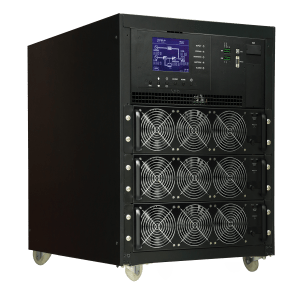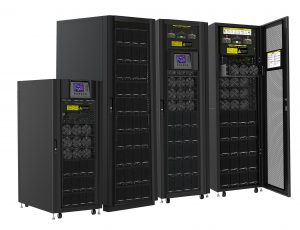The development of 5G networks and its greater bandwidth capabilities will bring with it a much higher connection density, increased speeds and lower latency levels that will allow for applications such as driverless cars and remote surgery to be developed even further. Both of these rely on a low-latency response that only this technology is capable of providing.
The implementation of 5G technology will hypothetically allow its users to access online content almost 100 times faster than with the current 4G network. However, in order to achieve its full potential, telecommunication companies will first have to overcome the challenges that the 5G implementation will bring with it, starting with the tremendous impact that its rollout will have on data centers.
For starters, these facilities will have to make changes to their infrastructure to cater to the 5G’s super-high frequencies, which in turn, will result in an increase of input/output antennas (MIMOs), and an increased number of small cells.
This will eventually lead to the separation of large data centers into more small and local ones to ensure their proximity to these small cells. There is also the possibility that micro data centers have to be deployed at the base of cell towers to maintain 5G’s URLLC (Ultra-Reliable and Low Latency Communications).
These scattered and scaled-down local data centers will need to be as reliable as their larger counterparts in order to cope with the increased load of information and will require to operate with as little downtime as it is possible.

Experts in the industry have estimated that the new infrastructures in place will need to guarantee at least a Tier 3 availability, which means no more than 1.6 hours’ downtime per year, and this is the exact reason why uninterrupted power supplies will play such a crucial role.
In the age of technology, customers demand nothing but excellence, which is why preventing any kind of disruption to the data centers will be a priority for companies that wish to avoid unhappy customers and lost revenue caused by unexpected downtime.
Understanding how vital the continuous supply of energy will be for the 5G development, Solomon is using its almost 50 years of experience in the energy sector to provide our customers with the best UPS’ solutions that can adapt to the new industry requirements.
Designed for low to medium-scale high power density applications, Solomon’s UPS offers high levels of energy efficiency and flexible scalability in rack-mountable configurations. A single Solomon module can be used to deliver 30kW, with the possibility of adding additional ones to provide N+1 (or N+X) redundancy in the same rack or to increase its capacity up to 300kW (270kW N+1). Solomon can also provide up to 420kW through an integrated system composed of two 210kW models functioning simultaneously and in parallel.
Do not waste more time and contact us to know more about the different options that Solomon has to offer.
DO YOU HAVE ANY QUESTIONS ?
SOLOMON representatives are available to support you


